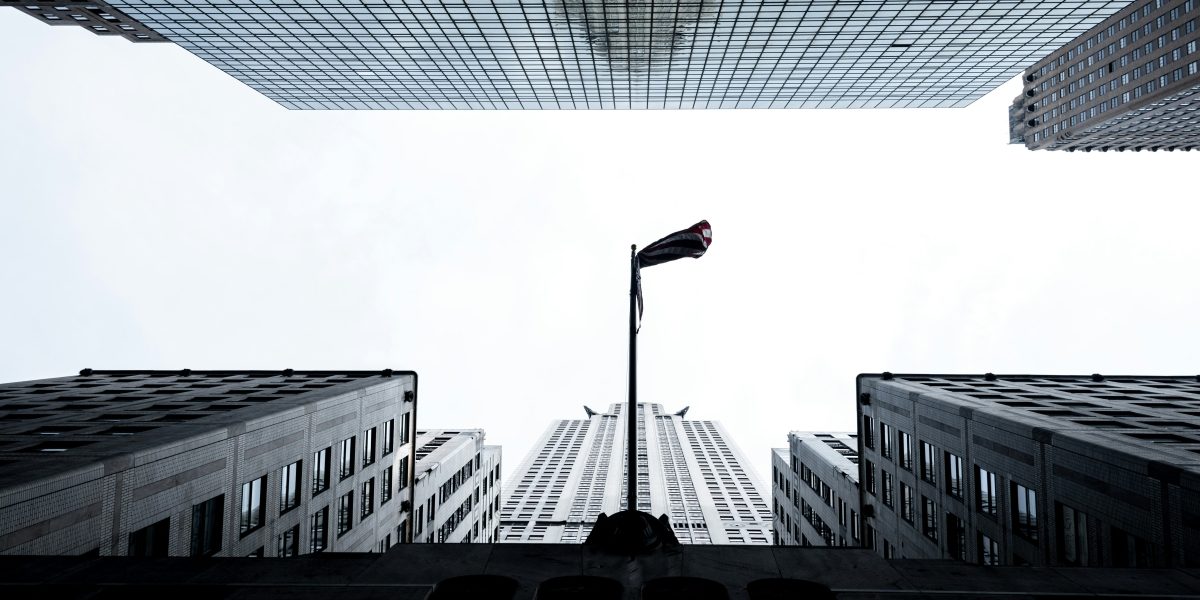In early 2025, Manhattan’s office availability rate hit nearly 20%, one of the highest in decades. That’s a striking figure for a city where office space once came at a premium. The market has shifted, and so have the people signing leases. Tenants today aren’t just negotiating square footage or rent — they’re redefining what a lease can offer.
Walk into any lease negotiation, and you’ll hear new buzzwords: flexibility, wellness, sustainability, tech-readiness. These aren’t passing fads; they’re the micro-trends influencing how New York works. And in a market as fast-moving as NYC, those subtle shifts can make or break a deal.
Context: A Market Redefined by Tenants
New York’s commercial real estate market is still in flux. Vacancy rates are high, yet demand for well-located, high-spec spaces remains strong. Landlords with modern, flexible offices are landing long-term tenants, while outdated buildings sit idle. The city’s leasing scene has turned into a tale of two markets — one thriving, the other facing challenges.
Much of this shake-up comes from how businesses now operate. Hybrid work, cost pressure, and ESG goals have changed what tenants prioritize. According to analysts at BlockAppraisals.com, the shift isn’t just about lowering rent. Tenants are paying closer attention to the finer details — build-out allowances, utility costs, energy ratings, even the landlord’s upgrade timeline.
In this environment, negotiations have become more granular. It’s no longer just about signing space; it’s about shaping it to fit a company’s evolving needs. These micro-trends are where the action really happens.
Micro-Trends in Tenant Demands
If you sit in on a lease negotiation today, you might notice something different. Tenants are coming in sharper, more data-driven, and far less willing to accept cookie-cutter terms. The big picture trends — hybrid work, ESG, tech integration — are now splintering into small, specific demands that reshape how every square foot is used. Here’s what’s standing out in New York right now.
Flexible “Right-Size” Clauses
Businesses have recognized that space needs can shift unexpectedly. Many are negotiating for “flex” clauses that let them shrink or expand their footprint mid-lease. A tech startup might want 20% downsizing rights after two years. Landlords, in turn, are adjusting pricing to account for that built-in uncertainty.
Wellness and Experience Upgrades
The new lease talk isn’t just about square footage — it’s about how people feel in that space. Fresh air systems, natural light, quiet zones, and touchless access are suddenly high on tenant checklists. These requests reflect a broader shift: offices are increasingly seen as tools for recruiting and retaining talent.
Sustainability and Green Clauses
Corporate sustainability goals are increasingly being incorporated into lease terms. Tenants are asking for LEED or WELL certifications, solar readiness, and transparency on energy use. In some cases, they’re requesting annual emissions reports directly from landlords. It’s a push toward accountability that older buildings can’t ignore.

Smart-Building Integrations
The “smart office” has gone from a perk to an expectation. Tenants are seeking digital access control, IoT sensors, and energy dashboards. Some even want APIs that connect building data to their internal systems. It’s not just tech firms driving this — finance, healthcare, and legal tenants are joining in.
Shorter Leases and Renewal Options
Few tenants want to lock in for a decade anymore. Five- to seven-year deals with renewal flexibility have become the norm. It keeps options open while the market finds its new rhythm. For landlords, that means learning to plan around shorter, faster leasing cycles.
Each of these micro-trends contributes to a larger shift: the balance of power in NYC leasing has changed. Tenants aren’t just occupying space — they’re redefining it.
Old vs. New: How Lease Terms Are Evolving
Just a few years ago, lease agreements in New York were generally predictable. Ten-year terms, fixed rent escalations, and standard tenant improvement allowances were the norm. But today’s deals have evolved — they are shorter, more precise, and tailored to specific needs.
A quick side-by-side tells the story:
- Then (2018): 10-year lease, limited flexibility, minimal wellness or tech clauses.
- Now (2025): 5- to 7-year lease with renewal options, green building requirements, smart system access, flexible expansion or contraction rights.
The difference isn’t cosmetic. It reflects a mindset shift where tenants treat their lease as a living document, not a static contract. Each clause — from sustainability commitments to flexible footprints — becomes a lever for control. Landlords who adapt are thriving; those clinging to old templates are watching deals slip away.
Risks, Trade-Offs, and Landlord Responses
Micro-trends sound exciting until you’re the one managing them. For landlords, every flexible clause or tenant customization adds complexity. Letting a company downsize mid-lease might keep occupancy high, but it can also disrupt long-term cash flow. Sustainability upgrades, wellness features, and tech integrations don’t come cheap either — they demand upfront investment, ongoing maintenance, and smarter asset management.
Still, resisting change isn’t an option. Successful landlords are approaching these demands as design opportunities rather than obstacles. They’re offering flexible layouts, pre-approved fit-out packages, and clear cost-sharing models. Brokers are also adapting, turning tenant wish lists into viable terms that benefit both parties.
For tenants, the key is balance. Asking for flexibility and green perks is smart, but every request has a price. The real win comes from clarity — knowing what matters most before the first draft of the lease hits the table.
Outlook: Where NYC Leasing Goes from Here
The city’s skyline isn’t standing still, and neither are the expectations inside it. As 2025 progresses, micro-trends are influencing not only negotiations but also the long-term relevance of buildings. Tenants now prioritize spaces that adapt to their needs. Landlords who embrace transparency, flexibility, and forward-thinking strategies are likely to secure the next wave of deals.
New York has long been a place where new trends in real estate emerge. The difference now is speed. Trends that once took years to emerge can redefine the market in months. For brokers, owners, and tenants alike, the message is clear: stay curious, stay agile, and don’t underestimate the small details.

















